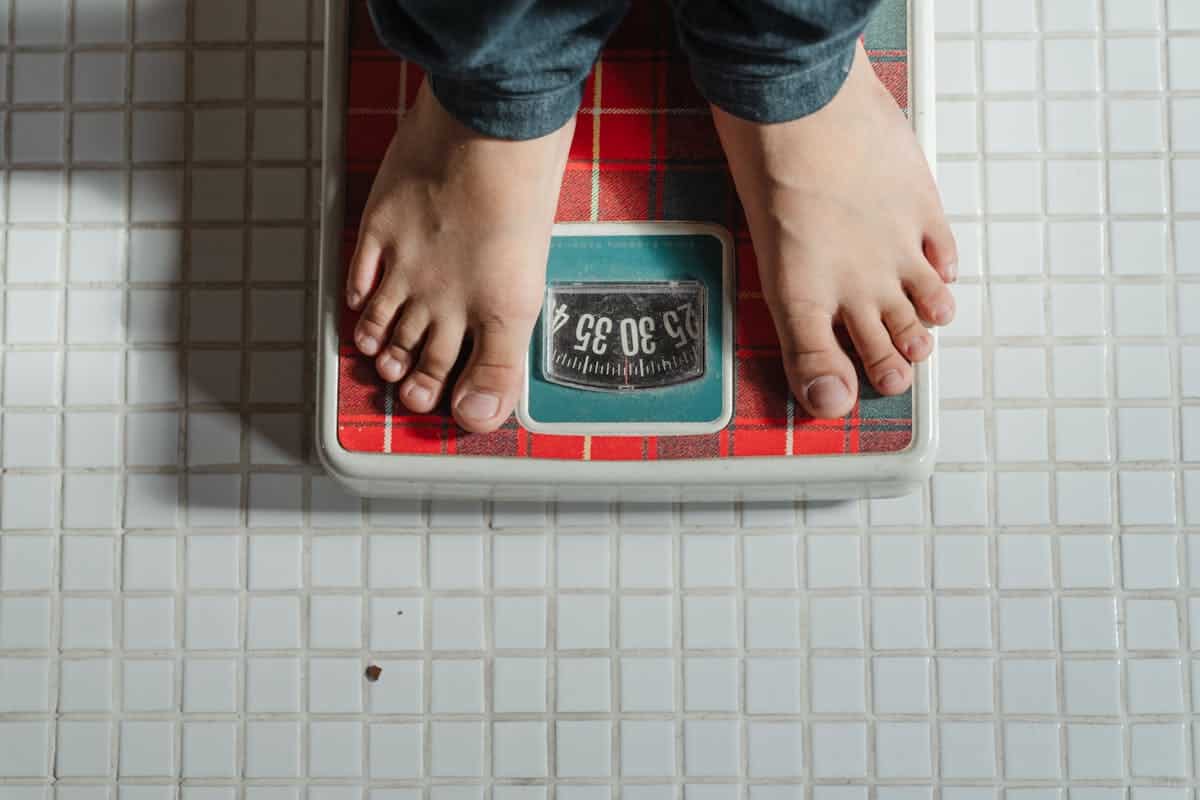Table of Contents
Deciding between a weight‑loss pill or an injectable isn’t just a matter of preference. It can influence everything from how well the medication works to how it fits into your life. Each method brings its own set of factors, including how it’s absorbed, how often it is taken, and how it meshes with your daily routine.
“Whether it’s a pill or an injection, the most effective weight loss medication is the one a patient can stick with consistently,” says Dr. Michael Snyder of FuturHealth. “It’s not just about preference – it’s about sustainability and results.”
That’s the heart of this decision. So, let’s explore what each option offers and how to match it with your goals.
How Your Body Handles the Medication
Both pills and injections deliver a GLP‑1 medication, but your body processes them very differently. With an injection, the medication bypasses your digestive tract and enters your circulation directly. That leads to more predictable absorption, reliable blood levels, and often a stronger effect. That’s why injectable semaglutide or tirzepatide has become the gold standard for weight‑loss effectiveness.
Pills, on the other hand, must survive the digestive process. When taken orally, the medication travels through your stomach and intestines. It then needs to be absorbed into your bloodstream. That means bioavailability – the proportion of the drug that actually enters circulation – is lower. As a result, oral versions may require higher doses to reach the same therapeutic effect, and daily intake becomes more critical to prevent gaps in coverage.
So while injectables tend to be more potent and reliable, pills offer flexibility for people who prefer to avoid needles. Your healthcare provider can help you weigh these differences based on your health goals and tolerance.
Dosing Schedules and Routines
How often and when you take your medication matters. Injectables usually come in once‑weekly doses. That can free you from daily decisions and keep you on track with less effort. A weekly routine – whether Sunday evening or Wednesday morning – can easily slot into your schedule.
Pills usually require daily dosing. That means you need to remember to take one every morning or with a meal. Missing a dose can create dips in medication levels and slow your progress. Depending on your routine, taking early-morning doses or pairing your pills with breakfast may help build consistency.
Neither schedule is inherently better. This is one of those situations where it’s about how well it fits into your habits and lifestyle. Choose the method that allows you to take your medication without the risk of forgetting or feeling overwhelmed.
Effectiveness: What the Research Shows
If you’re chasing maximum weight‑loss results, injectables generally lead the pack. Clinical trials show semaglutide or tirzepatide injections can help users lose between 15 to 20 percent of their body weight – sometimes more – over 12 to 18 months. That’s a significant margin compared to older therapies.
Pills are catching up, but they’re still closing the gap. Some oral GLP‑1s have achieved respectable 10‑15 percent weight loss in clinical studies. If you’re looking for solid results without injections, pills can be a more appealing first step. But if your provider believes you need maximum efficacy and you’re open to needles, an injectable might be the stronger option.
Side Effects and Tolerance
Side effects are common with GLP‑1 medications, though generally manageable. Early on, many users report mild to moderate nausea, stomach discomfort, or changes in digestion. These symptoms often fade after a few weeks.
With injectables, side effects are often mild and fleeting. Some people notice slight injection‑site redness or itchiness, and gastrointestinal symptoms may be shorter in duration. Pills may cause similar side effects, but because absorption is slower, some find them easier to tolerate. On the other hand, oral forms occasionally trigger heartburn or mild gastritis if taken without food.
Lifestyle Compatibility
Some people shy away from needles, while others don’t mind. If the thought of injecting yourself weekly gives you pause, there’s no shame in choosing a pill instead. Likewise, if you dislike swallowing pills or have had trouble with tablets in the past, an injection might feel simpler.
Think about travel, social settings, and your personality.
Do you want to maintain a needle-free lifestyle – or would a weekly, discreet jab after a shower feel easier than keeping pills stocked in your bag? Will storage requirements for refrigerated injectables affect your travel plans?
Lifestyle decisions matter because they influence whether you’ll fatigue of the regimen and eventually quit. Choose the method that feels easiest for you to maintain over the long haul.
Cost, Coverage, and Convenience
Price also matters – especially when insurance coverage varies by form. Injectables like Ozempic or Zepbound may be covered for diabetes or weight‑loss treatment, but prior authorization or documentation might be needed. Oral versions are newer and have more limited coverage, so you may see higher out‑of‑pocket costs or stricter requirements.
Ease of access also plays a role. Injections may require medical waste disposal, refrigeration, and proper administration. Pills, on the other hand, usually come in routine pharmacy bottles and travel well. Before deciding, explore your specific insurance plan, copay options, and whether telehealth or mail‑order pharmacies are involved.
Putting it All Together
Choosing between a pill and an injection is about more than just your dislike of needles or desire for convenience. It’s a holistic decision that considers absorption, consistency, lifestyle, costs, and outcomes. There’s no one‑size‑fits‑all answer. However, based on the factors we’ve discussed above, there may be a “right” choice for you.


